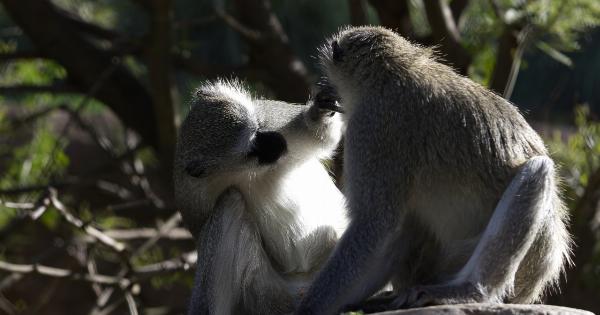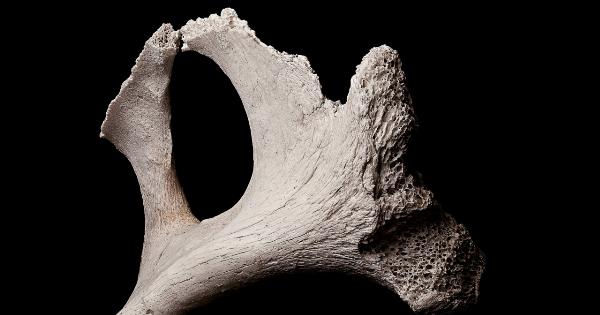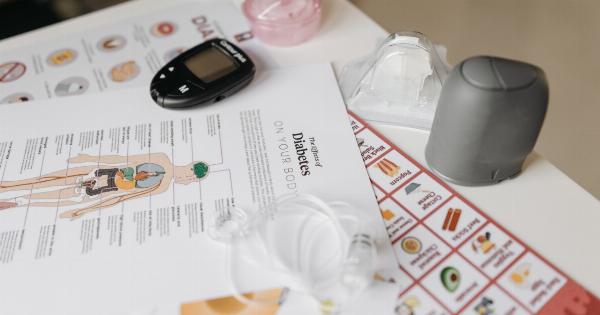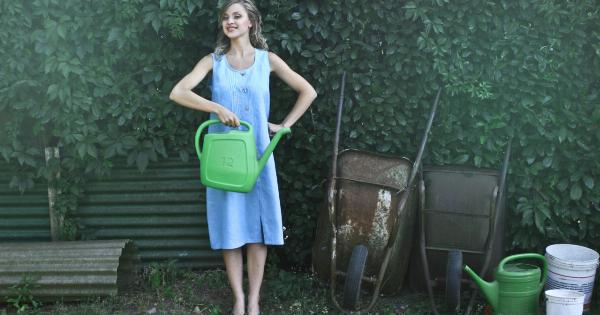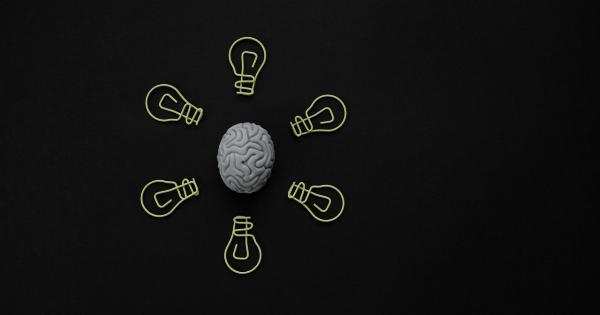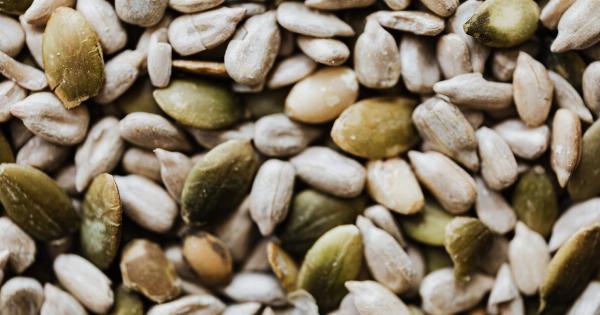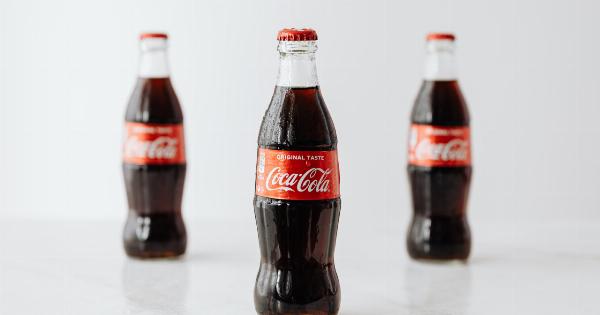When it comes to scientific research, one of the fundamental steps is developing a hypothesis. A hypothesis is a proposed explanation for a phenomenon that can be tested through experimentation or observation.
It serves as the foundation from which conclusions can be drawn and further research can be conducted. However, the process of formulating a hypothesis presents a unique dilemma, balancing the need for creativity and speculation with the requirement for validity and evidence-based thinking.
This article will explore the hypothesis dilemma and provide an illustrated guide to help navigate this challenging aspect of scientific inquiry.
What Is a Hypothesis?
Before delving into the dilemma surrounding hypotheses, it’s essential to understand what a hypothesis is. In simple terms, a hypothesis is an educated guess or prediction that attempts to explain a specific observance or phenomenon.
It is typically formulated as an “if-then” statement, outlining the relationship between variables and the expected outcome. Hypotheses are designed to be tested and either supported or disproven through experimentation or observation.
The Creativity vs. Validity Dilemma
When it comes to developing a hypothesis, researchers often find themselves torn between the desire for creative thinking and the need for a valid, evidence-based approach.
On one hand, a creative hypothesis encourages out-of-the-box thinking and allows researchers to explore uncharted territory. It opens the door to new possibilities and potentially groundbreaking discoveries.
On the other hand, a valid hypothesis must adhere to the principles of the scientific method. It should be based on existing evidence, observations, and previous research.
A valid hypothesis ensures that the conclusions drawn from the study are reliable and can be replicated by other researchers. It is the cornerstone of empirical research, supporting the credibility and robustness of scientific findings.
Overcoming the Dilemma: An Illustrated Guide
To help researchers navigate the hypothesis dilemma, here is an illustrated guide outlining the steps to develop a hypothesis that balances both creativity and validity:.
Step 1: Identify the Research Question
The first step in formulating a hypothesis is to identify the research question. What specific phenomenon or observation do you want to investigate? The research question provides the foundation for developing a hypothesis.
Step 2: Review Existing Literature
Before leaping into hypothesis formulation, it is crucial to review existing literature regarding the research question.
This step helps researchers understand the current state of knowledge, identify gaps or controversies, and build a foundation for their hypothesis.
Step 3: Observe and Brainstorm
Now comes the creative part. Based on the existing literature and observations, researchers can begin brainstorming potential hypotheses. They can think about different variables, their relationships, and potential cause-and-effect scenarios.
The goal is to generate creative ideas that explain the phenomenon under investigation.
Step 4: Narrow Down the Hypotheses
Once a range of potential hypotheses has been generated, it’s time to narrow them down. Researchers should critically evaluate each hypothesis based on its plausibility, coherence, and relevance to the research question.
This step involves eliminating hypotheses that lack supporting evidence or are too far-fetched.
Step 5: Formulate the Hypothesis
After narrowing down the hypotheses, it’s time to put them into a clear and concise “if-then” statement. The hypothesis should outline the expected relationship between variables and predict the outcome of the study.
It should be specific, measurable, and testable.
Step 6: Validate with Existing Evidence
Once the hypothesis is formulated, it’s essential to validate it with existing evidence. Researchers should examine whether there is support for their hypothesis in previous research or if any evidence contradicts their proposed explanation.
This step ensures that the hypothesis is grounded in existing knowledge and increases its validity.
Step 7: Refine and Revise
Hypotheses are not set in stone. They can, and often should, be refined and revised based on new evidence or further insights.
Researchers should be open to modifying their hypotheses as necessary to align them with the most up-to-date knowledge and evidence.
Step 8: Test the Hypothesis
With a refined hypothesis in hand, researchers are ready to put it to the test. Using appropriate experimental design or observational methods, they can collect data and analyze it to determine whether the hypothesis is supported or disproven.
This step is at the core of the scientific method and allows for evidence-based conclusions to be drawn.
Step 9: Interpret the Results
After conducting the study, researchers need to interpret the results in light of their hypothesis.
Did the data support the proposed explanation? Were there any unexpected findings? This step involves analyzing the results and drawing meaningful conclusions that contribute to the existing body of knowledge.
Step 10: Communicate and Share
Lastly, it’s crucial to communicate research findings and share them with the scientific community.
Researchers should disseminate their results through publications, presentations, or conferences, allowing others to replicate the study, validate the hypothesis, or build upon the findings.

